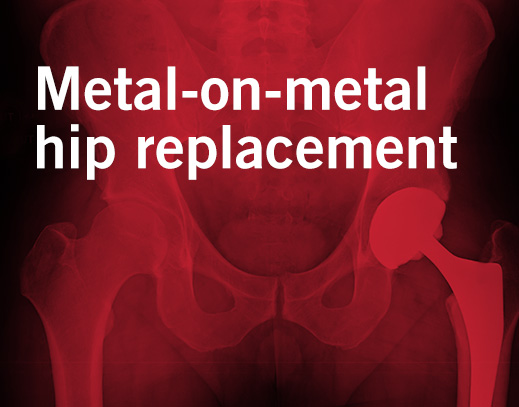 February 2, 2016
February 2, 2016 Orthopedic surgeons in Europe will often mix-and-match components when performing hip replacement surgery. This is happening in spite of warnings against the practice from manufacturers of metal-on-metal and other hip systems. This was the finding of Dr. Keith Tucker, an orthopedic surgeon in Norwich, United Kingdom, and his colleagues, who conducted a recent study to learn how many total hip arthroplasty (THA) procedures were performed in England and Wales with mix-and-match components from different manufacturers. From 2003 to 2013, Tucker learned, in more than 93,000 of 620,000 THA procedures, surgeons used mixed components.
Study Cautions Against Any Use of Metal-On-Metal Components But Reports Noted Successes Mixing Other Types of Hip Replacement Components
Tucker stressed that using stemmed, large head metal-on-metal components is always dangerous regardless of whether the components are from the same medical device manufacturer or different makers. Metal-on-metal hip replacement systems may cause extreme pain and inflammation, fluid collection around the implant and heavy metal poisoning. In some cases, patients are required to undergo painful hip revision surgery to remove the defective metal-on-metal components and replace them.
According to Tucker, however, using different components from different manufacturers may work well for many patients. The hip replacement system with the best results in the National Joint Registry of England and Wales is reportedly the Stryker Exeter stem with the DePuy Synthes Elite Plus Cemented Cup.
One of the reasons that replacement hip manufacturers recommend against the mix-and-match approach is that component dimensions may not be exactly the same across different manufacturers and product lines. When the components do not fit exactly, this can cause surface damage, galvanic corrosion or excessive wear of the components.
When problems arise, medical device manufacturers blame surgeons for going “off-label” by using components from different manufacturers. But Tucker notes that manufacturers have long been aware of the practice. If a manufacturer sells 2,000 to 3,000 femoral components to a hospital without any corresponding acetabular components, the manufacturer understands that the hospital is buying different cups from another source. According to Tucker, manufacturers that really care about patient safety would be checking up on hospitals in such a circumstance to see how their products are being used.
Contact Waters Kraus Paul & Siegel to Learn More About Filing a Metal-on-Metal Hip Implant Lawsuit
Waters Kraus Paul & Siegel is a national plaintiffs’ law firm devoted to helping families in personal injury and wrongful death cases involving metal-on-metal hip implants. If you have suffered injuries or the death of a loved one associated with metal-on-metal hip replacements, contact us by email or call us at 800.226.9880 to speak with one of our medical device attorneys, like Sara Coopwood in the firm’s Texas office, and learn more about how we can assist you with a hip replacement lawsuit or claim.


